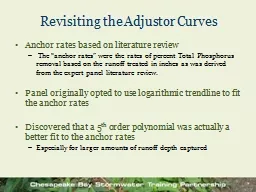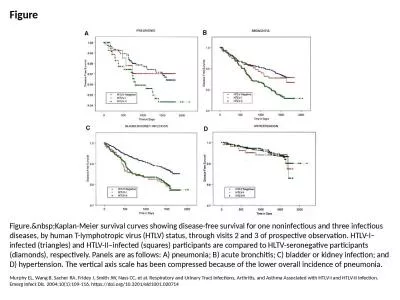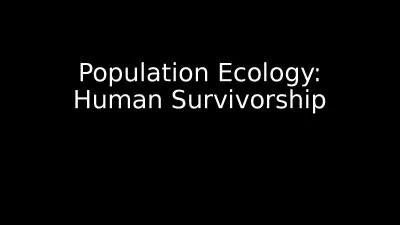PPT-Survivorship curves What do these graphs indicate regarding species survival rate &
Author : priscilla | Published Date : 2023-09-26
0 25 1000 100 Human type I Hydra type II Oyster type III 10 1 50 Percent of maximum life span 100 75 Survival per thousand I High death rate in postreproductive
Presentation Embed Code
Download Presentation
Download Presentation The PPT/PDF document "Survivorship curves What do these graphs..." is the property of its rightful owner. Permission is granted to download and print the materials on this website for personal, non-commercial use only, and to display it on your personal computer provided you do not modify the materials and that you retain all copyright notices contained in the materials. By downloading content from our website, you accept the terms of this agreement.
Survivorship curves What do these graphs indicate regarding species survival rate &: Transcript
Download Rules Of Document
"Survivorship curves What do these graphs indicate regarding species survival rate &"The content belongs to its owner. You may download and print it for personal use, without modification, and keep all copyright notices. By downloading, you agree to these terms.
Related Documents














